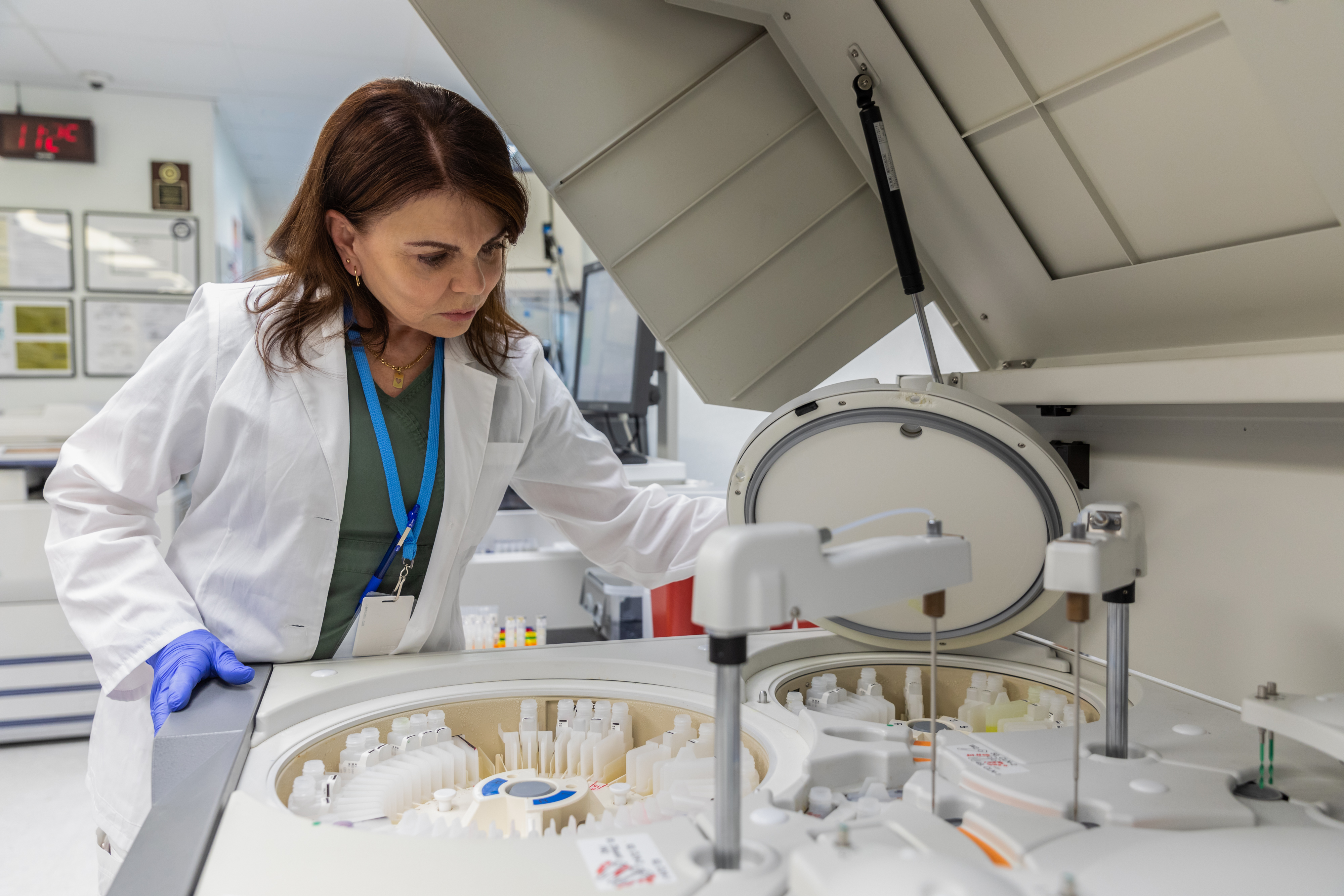Summary: Dr. Richard Castledine, Head of Operations - Alnwick, UK at Arcinova, A Quotient Sciences Company, examines the complexities of psychedelic drug development. He highlights the resurgence of interest in psychedelics for treating mental health conditions; the challenges posed by synthesis, safety, and regulatory compliance; and the types of compounds that Arcinova, A Quotient Sciences Company and Quotient Sciences are experienced in handling at their facilities.
The evolving landscape of psychedelic drug development presents exciting opportunities and significant challenges, including crucial safety protocols, legal and regulatory requirements. Read key takeaways below from one of our experts, Dr. Richard Castledine, Head of Operations - Alnwick, UK at Arcinova, A Quotient Sciences Company.
To read more about this topic, visit Arcinova's blog.
What are psychedelic compounds?
Psychedelics are a class of psychoactive substances known for their ability to alter perception, mood, and cognitive processes. The term "psychedelics" encompasses a variety of compounds.
Key compound classes that we have focused on include Tryptamines, Ketamine and its derivatives, and Cannabinoids. Each presents unique challenges in terms of synthesis, scale-up, and regulatory compliance.
How current is the research into psychedelic compounds? Is this a new development?
Research conducted as early as the 1950s and 1960s recognized the potential for psychedelics in treating psychiatric disorders. However, the Controlled Substances Act of 1970 in the US effectively banned their use. This restricted ongoing research and required companies to possess specific licenses for the handling and use of these materials.
In recent years, the medicinal applications of psychedelics are once again under the spotlight. In 2019, the FDA approved intranasal esketamine for treatment-resistant depression. Recent studies have underscored the potential of psychedelics like psilocybin and ketamine derivatives in treating a range of conditions by targeting brain areas that current treatments do not.
What are key considerations in the safe handling of psychedelic compounds?
Despite their typically low acute toxicity, psychedelics can have pronounced effects even at very low doses. These risks include altered perception and impaired decision-making giving rise to the potential for accidents or injuries in the lab.
For these reasons, robust containment measures should be put into place, and appropriate local and regional guidelines followed to reduce legal and regulatory risks. These factors are essential to ensure the safety of employees, prevent cross-contamination within the facility, and reduce business risks.
Expertise in handling such substances is paramount, which means meticulous safety protocols and rigorous quality control measures must be applied at every stage. These challenges must be overcome while maintaining the additional controls and working practices associated with the containment of psychedelic compounds.
Addressing the 14C drug substance synthesis of psychedelic compounds
The synthesis of 14C-labeled psychoactive compounds enables the study of how these drugs are metabolized and distributed through human ADME studies, providing essential details about their pharmacokinetic profile.
The design of a radiolabeled synthesis also includes considerations such as strategically placing the radioactive label within the center of molecule. This avoids the potential for rapid metabolic cleavage if the label is placed elsewhere, such as on a side chain.
The preparation of 14C labelled compounds requires specialized expertise in radiochemistry and stringent safety protocols to handle radioactive materials effectively. Balancing these factors is essential not only for scientific accuracy and safety but also for meeting regulatory requirements.
To overcome these challenges, partnering with a specialized contract development manufacturing organization capable of providing support at every step can ensure compliance and efficiency.
To read more about this topic, visit Arcinova's blog.

